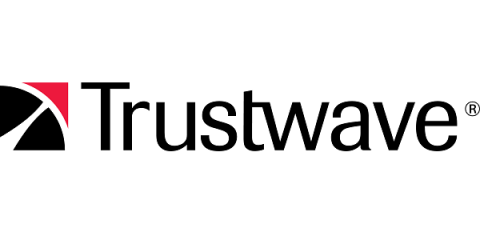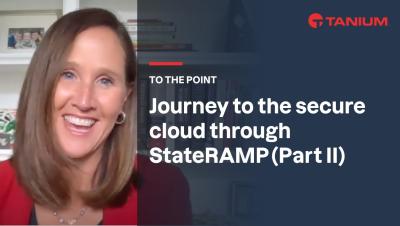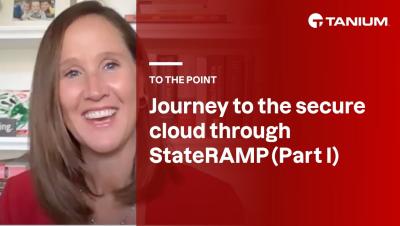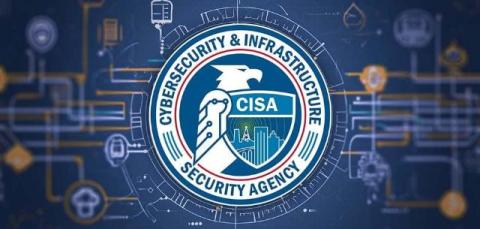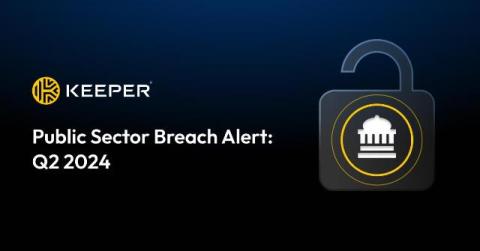Trustwave Government Solutions Attains StateRAMP Authorization Status
Trustwave Government Solutions (TGS) has attained authorized status by the State Risk and Authorization Management Program (StateRAMP) for its Government Fusion platform. "State and local agencies rely heavily on their technology partners to strengthen their cybersecurity postures, and we're proud to be able to deliver a solution that meets or exceeds their elevated security requirements," said TGS President Bill Rucker.


